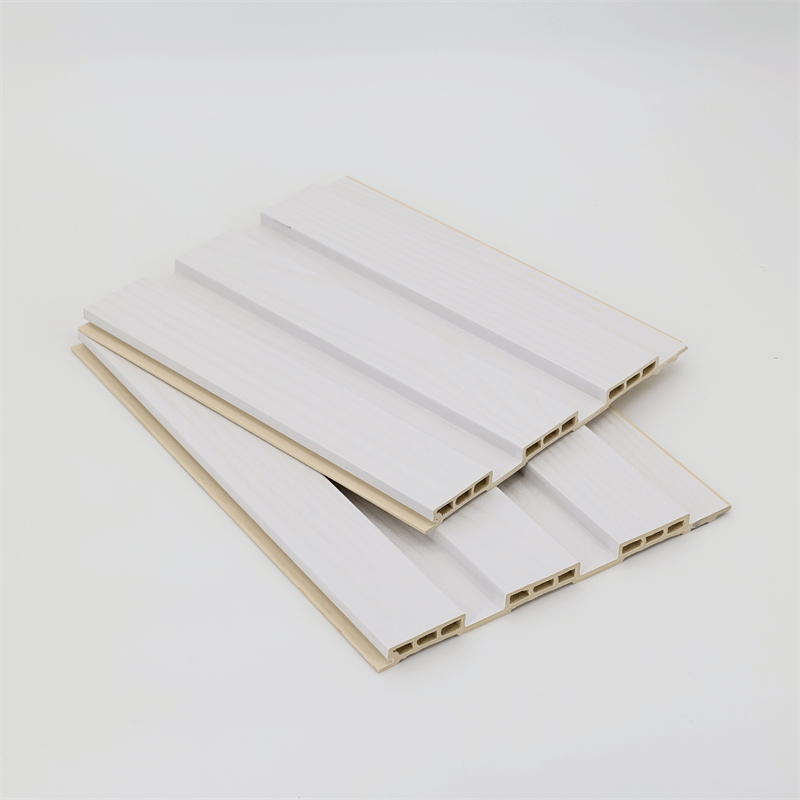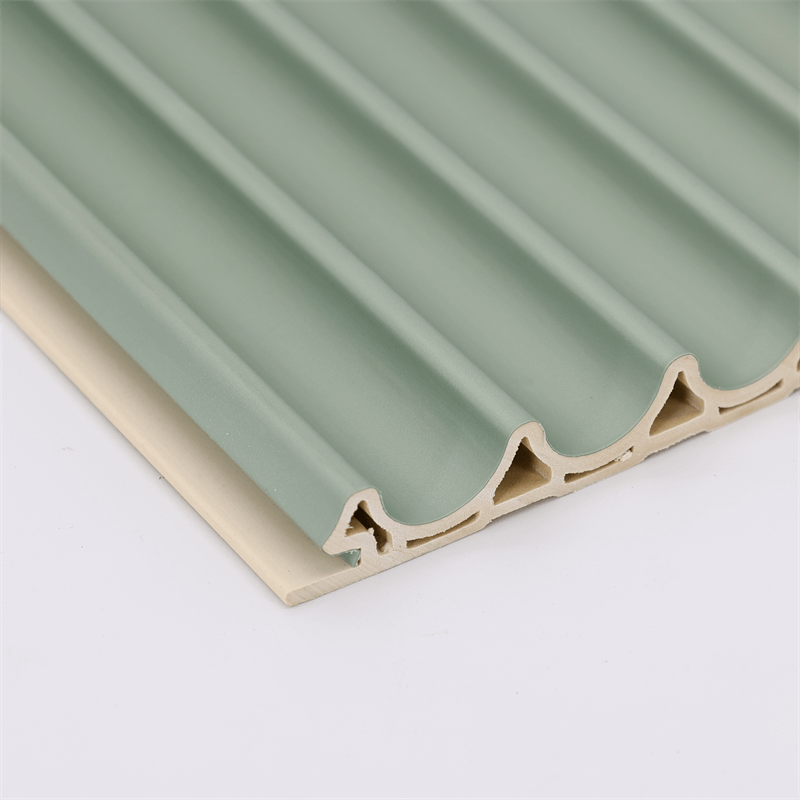Wall cladding is a crucial aspect of interior and exterior design, contributing to the overall aesthetics and functionality of a space.
In recent years, WPC (Wood Plastic Composite) wall panels have gained popularity as an innovative solution for wall cladding.
These panels offer a unique blend of natural beauty, durability, and sustainability, making them a favored choice among designers and architects.
In this essay, we will explore the innovative approach of WPC wall panels to wall cladding, focusing on their material composition, installation methods, design possibilities, and long-term benefits.
I. Material Composition:
WPC wall panels are composed of a blend of recycled wood fibers and thermoplastics, typically high-density polyethylene (HDPE).
This material composition results in a product that combines the natural beauty and warmth of wood with the strength and durability of plastic.
The use of recycled wood fibers and thermoplastics not only reduces waste but also minimizes the reliance on virgin materials, making WPC panels an eco-friendly alternative.
The combination of wood and plastic in WPC panels results in a material that is resistant to rot, decay, and insect infestation, ensuring its longevity and durability.
Additionally, the panels are resistant to moisture, making them suitable for both interior and exterior applications.
II. Installation Methods:
WPC wall panels offer innovative installation methods that simplify and streamline the wall cladding process.
These panels are designed for easy and efficient installation, reducing both time and labor costs.
One common installation method for WPC panels is the tongue and groove system, where the panels interlock and fit together seamlessly.
This method eliminates the need for visible fasteners, resulting in a clean and uninterrupted surface.
Another popular installation method is the concealed clip system, which allows for easy panel removal and replacement if needed.
The lightweight nature of WPC panels also facilitates installation, as they can be easily handled and maneuvered.
This characteristic is particularly beneficial in retrofit projects or areas where heavy materials are not suitable.
III. Design Possibilities:
WPC wall panels offer a wide range of design possibilities, allowing for creativity and customization in wall cladding projects.
These panels come in various sizes, shapes, textures, and finishes, providing designers with the freedom to create unique and visually captivating surfaces.
The panels can replicate the look and feel of natural wood, with realistic grain patterns and textures.
This allows for the creation of warm and inviting environments, adding a touch of natural beauty to interior and exterior spaces.
Additionally, WPC panels can be customized in terms of color, enabling designers to achieve specific design objectives and match existing color schemes.
Moreover, the versatility of WPC panels extends beyond their visual appeal.
They can be easily cut, shaped, and bent to fit curved surfaces or create innovative geometric patterns, opening up a world of design possibilities and artistic expressions.
IV. Long-Term Benefits:
WPC wall panels offer long-term benefits that make them a valuable investment in wall cladding projects.
The durability and resistance to rot, decay, and insect infestation ensure that the panels maintain their integrity and aesthetic appeal over time.
This reduces the need for frequent replacements or repairs, saving both time and resources in the long run.
Furthermore, the low maintenance requirements of WPC panels contribute to their long-term benefits.
Unlike natural wood, WPC panels do not require sealing, staining, or painting. Regular cleaning with mild detergent and water is sufficient to keep the panels looking their best, reducing maintenance efforts and costs.
The sustainability aspect of WPC panels is another long-term benefit.
By utilizing recycled materials and reducing the reliance on virgin resources, these panels contribute to a more eco-friendly approach to wall cladding.
The durability of WPC panels also ensures that they have a prolonged lifespan, reducing waste and the environmental impact associated with frequent replacements.

WPC wall panels offer an innovative approach to wall cladding, combining the natural beauty of wood with the durability and sustainability of plastic.
Their unique material composition, easy installation methods, design possibilities, and long-term benefits make them an attractive choice for designers and architects.
The use of recycled materials in WPC panels reduces waste and promotes a more sustainable approach to construction.
The ease of installation and customization options provide designers with flexibility and creative freedom, enabling the creation of visually captivating spaces.
The durability and low maintenance requirements of WPC panels ensure their longevity and cost-effectiveness.
In summary, WPC wall panels present an innovative and sustainable solution for wall cladding.
As the demand for eco-friendly and visually appealing materials continues to grow, WPC panels have become a preferred choice,
offering an innovative and practical approach to enhancing the aesthetics and functionality of interior and exterior spaces.


